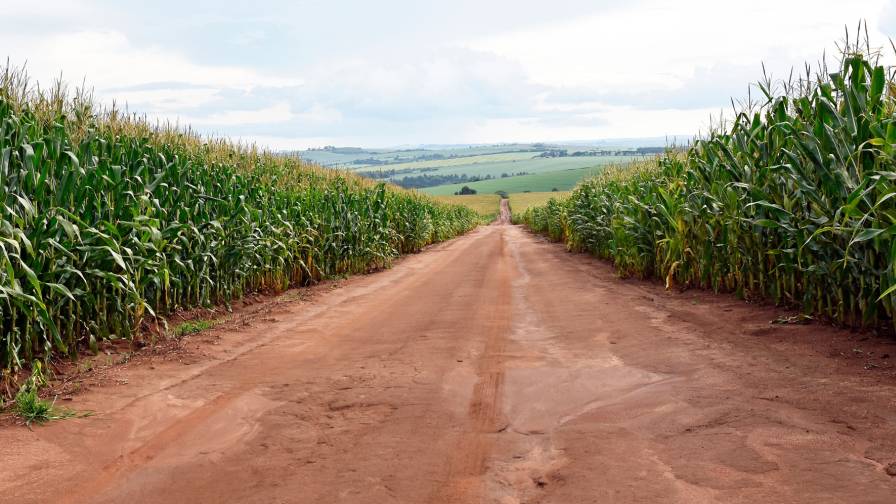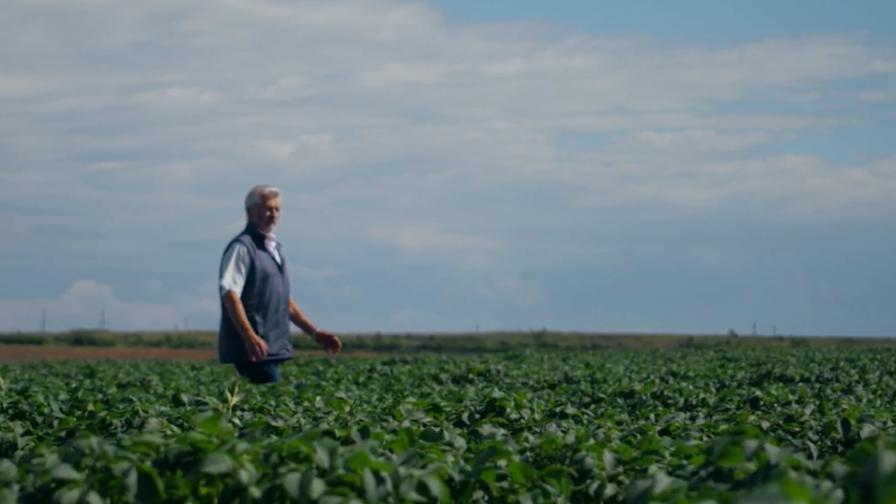Global Food Security Summit Addresses Challenges, Solutions
Leaders from USDA Foreign Agricultural Service – Office of Global Analysis (FAS-OGA), NASA, the National Geospatial-Intelligence Agency (NGA), US Agency for International Development (USAID), and the US State Department met on April 22 on a USDA FAS-hosted “Summit on Global Food Security Challenges: Monitoring Earth Resources” to look into the challenges of a stable worldwide food supply. Attendees at the meeting provided insights into the monitoring and maintaining of food availability worldwide, and the progress that has been made to date, reports Global Marketing Insights, Inc. Over 100 attendees at the Summit included representatives from several US government agencies, as well as personnel from Congressional offices, private sector companies, and non-governmental organizations.
The Summit’s goal was to provide education on the “critical link” between a stable food supply and national security in many countries. Global food supplies are often stressed by population growth, political issues, resource depletion and climate change, reports FAS-OGA, which monitors crop conditions and analyzes and assesses global food supplies and distribution. One presentation at the conference demonstrated a USDA FAS partnership with NGA; a 2008 pilot project in Iraq successfully identified warning signs in advance of a severe drought. In the project, USDA utilized the technique for integrating meteorological data with high-, medium-, and low-resolution satellite imagery supplied by NGA, NASA, and other sources to assess crop conditions in parts of Iraq where observations by agricultural experts on the ground were impossible to obtain. This new technique can be replicated to monitor food supplies elsewhere in the Middle East and in Africa.
“By combining the satellite imaging capabilities and expertise of three government agencies, USDA FAS Office of Global Analysis was able to develop a sustainable technique for identifying drought conditions and agricultural failure long before harvest time,” stated Robert Tetrault, Satellite Imagery Archive Manager, USDA FAS International Production Assessment Division. “The US and Iraqi governments used this information as input in the drought mitigation plans. They were able to assure adequate food and feed supplies and help farmers affected by the drought.”
In addition to USDA’s Tetrault, the list of speakers and panelists included: Maurice House, Deputy Administrator, USDA FAS, Office of Global Analysis; Dr. Bradley Doorn, Director, USDA FAS, Office of Global Analysis, International Production Assessment Division (IPAD); Col. Stephen Lynch, JCS, J5 SIAD, Pentagon; Daniel Whitley, Deputy Director, USDA FAS, Office of Global Analysis, Global Policy Analysis; Jonathan Gressel, Former Agricultural Counselor, Baghdad, USDA FAS; Carl Stuekerjuergen, Director, eGEOINT, National Geospatial-Intelligence Agency; Dr. Stanley Wood, Senior Research Fellow, International Food Policy Research Institute; Gary Eilerts, Program Manager, FEWS-NET, US Agency for International Development; Jack Hild, Assistant Chief Information Officer for Data, National Geospatial-Intelligence Agency; Compton Tucker, Senior Earth Scientist, Climate Change Program Office, NASA; and Patrick Hudak, Foreign Affairs Officers, Bureau of Oceans, Environment and Science, US State Department.
Copies of the speakers’ PowerPoint presentations will be available on the USDA Crop Explorer website at http://www.pecad.fas.usda.gov/cropexplorer/ and also at www.globalinsights.com .





